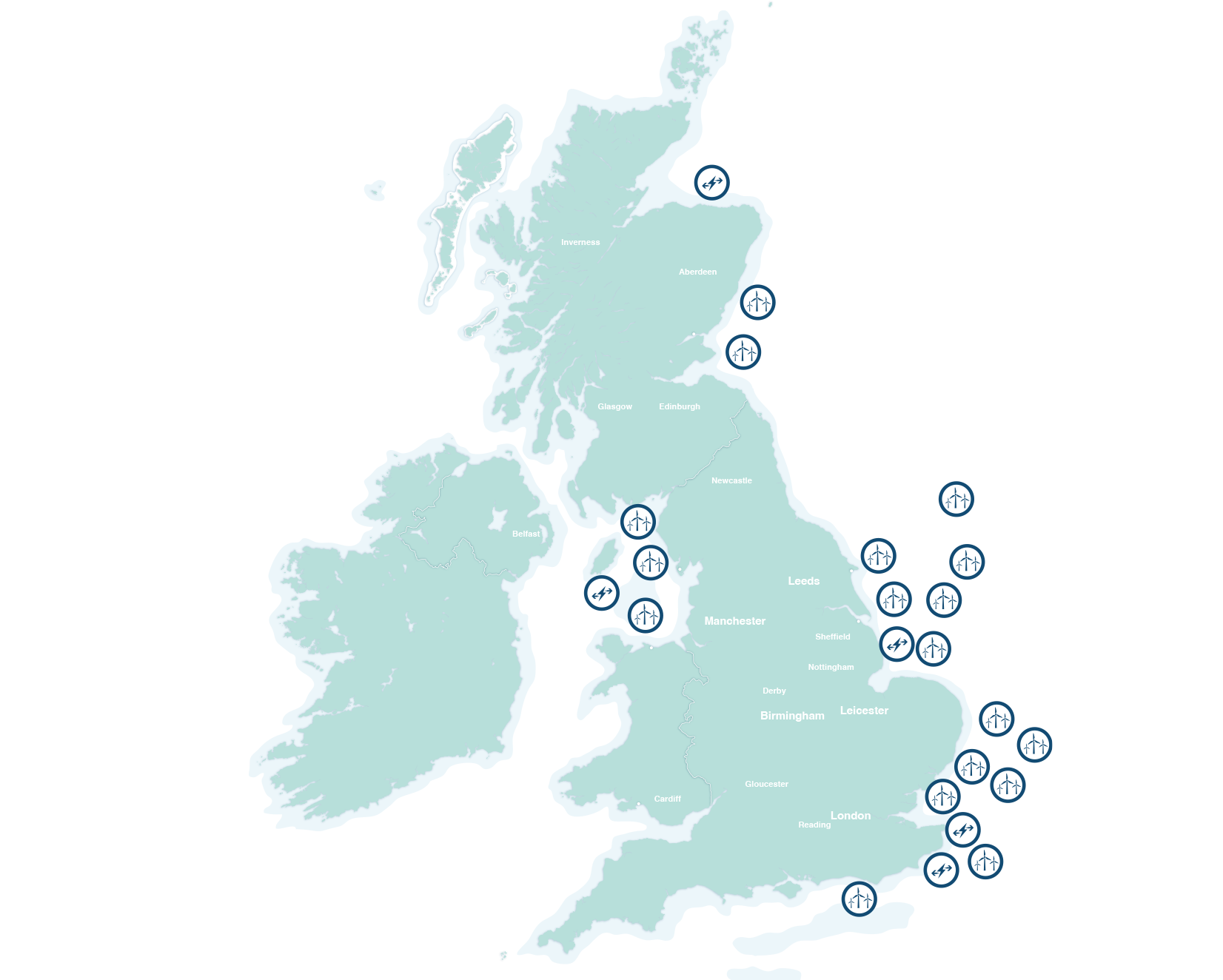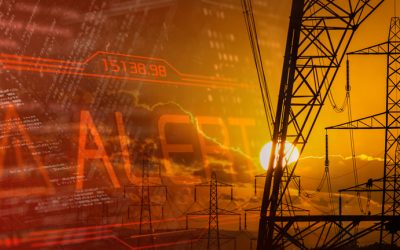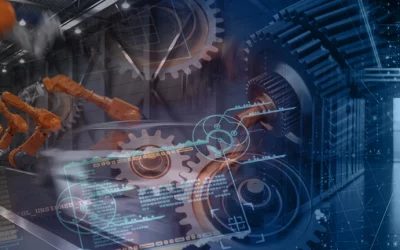The technology infrastructure making sustainable energy affordable and accessible across the UK
As concern about our impact on the environment continues to grow and citizens look to make more ethical choices in terms of their daily consumption of resources – something that has not gone unnoticed by the nation’s utilities sector and the Government, who have set a target of achieving net-zero by 2050.
2020 marked a major turning point in this journey, with 43% of the UK’s power coming from renewable sources, i.e. wind, solar, bioenergy, and hydroelectric. At the same time, electric vehicles are rapidly growing in popularity, with registrations in the North of England doubling to more than 74,000 in 2021 and rising by more than 70% nationwide compared to the previous year, with 300,000 charging ports expected to be deployed across the UK by 2030, at facilities like Gridserve’s pioneering electric forecourts.
When we also consider the Government’s active support for eco-friendly jobs and technologies, these figures are only set to increase in the years ahead. It’s crystal clear that the public are more than ready to embrace sustainable energy and adopt greener methods of transport. That means that it falls to the utilities sector and their technology partners to make sure these energy sources are readily available all over the country, ensuring anyone who is ready to make the greener choice is able to do so.
The fully integrated technology infrastructure that is quietly powering the green revolution
At the time of writing, the UK’s capacity for generating renewable energy has grown by 6.5% compared to 2021, much of which is due to the creation of several new offshore windfarms in the first quarter of 2022. This, in turn, increased the production of renewable energy by 9.3%. It’s impossible to overstate the impact these offshore windfarms are having on the UK’s green initiatives, establishing renewable energy as a serious, viable alternative to familiar sources, such as oil and gas, especially when combined with the growing number of solar farms across the country.
As part of our longstanding commitment to sustainable technologies, Vysiion is already active at over 80% of the UK’s 36 operational offshore windfarm projects – with an additional six under construction at the time of writing – providing secure, high-performance network infrastructure. When combined, these facilities will provide over 14GW of generating capacity. But the capacity to generate volumes of renewable energy that will match the entire UK’s power needs is just the first step of the journey.

The Exponential-e Group is active at numerous sites supporting the delivery of sustainable energy all over the UK – from the windfarms where this energy is generated, to the pioneering electric forecourts where motorists can charge their vehicles

Simplifying the creation and delivery of sustainable energy
This close collaboration between Vysiion, Exponential-e, and the UK’s utilities sector is very much an ongoing journey. In spite of the rapid advances made in recent years, true renewable energy is still very much in its nascent stages. There is much work to do if it is to reach the point where it has wholly supplanted fossil fuels and can offer the scale and resilience needed to power the entire country. This is not just a question of implementing better infrastructure. The drive for sustainability is just as much about a change in the culture as it is implementing greener technologies, and so renewable energy must offer a level of affordability and accessibility that fossil fuels will be unable to compete with – whether that’s to heat our homes or power our cars. As our CEO explained: “Genuine sustainability is a challenge, but it’s one that we, as technology providers, need to be actively pursuing, supporting the utilities sector in its own efforts, and ensuring the end result is something that citizens will embrace, as part of their daily lives. We often talk about ‘people, processes, and technology’, and this is a perfect example of that principle in action, with technological innovation driving service innovation, and a world-class infrastructure underpinning it all.” Peter Clapton, CEO, Vysiion
Find out more about Vysiion's commitment to Sustainability
A recent high-profile breach has driven home the need for a new model of OT security
Considering the impact of the recent Volt Typhoon incident and what can be done to optimise the security and resilience of CNI
Secure by design’ must become the new norm for mission-critical infrastructure
Cyber security is a priority as threats grow in frequency, scale, and sophistication. For Operators of Essential Services (OESs), IT/OT convergence and complex compliance demands require a more integrated, ‘secure by design’ approach.
A new model of high-resilience data hosting for tomorrow’s interconnected manufacturing
With manufacturing now officially part of the UK’s CNI sector, what steps can organisations take to bring their operations in line with CNI rigorous standards of security and resilience?
Contact us...
Schedule a Consultation
Contact Vysiion today to discuss your CNI technology needs.



